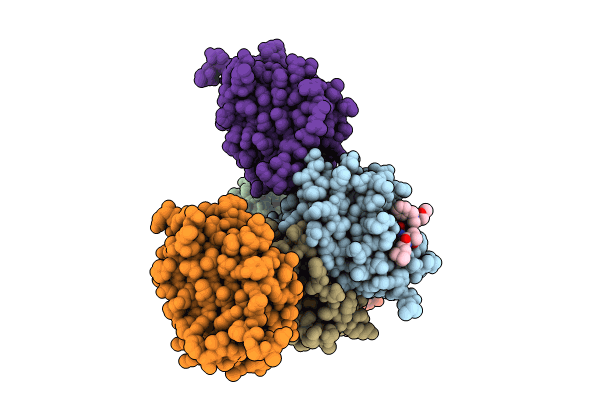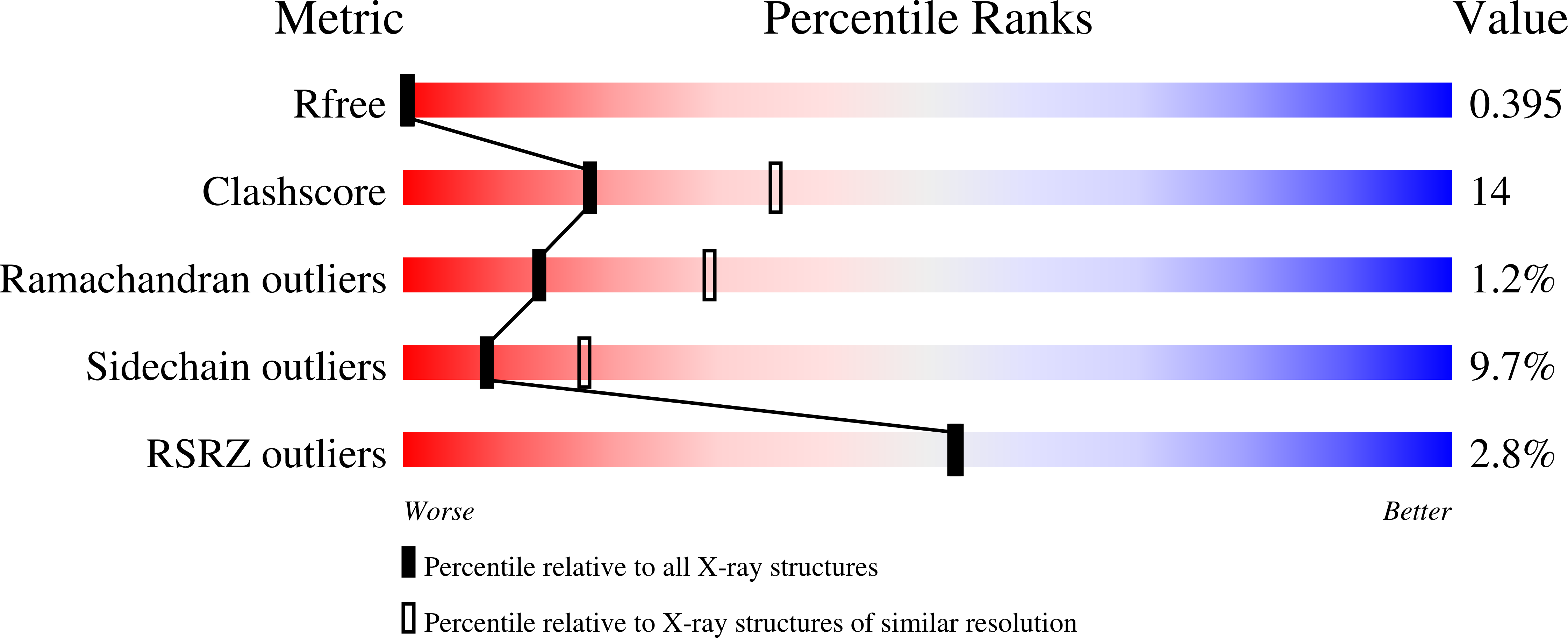
Deposition Date
2023-11-20
Release Date
2024-02-14
Last Version Date
2024-02-14
Entry Detail
PDB ID:
8V1L
Keywords:
Title:
Crystal structure of the NTF2L domain of human G3BP1 in complex with small molecule
Biological Source:
Source Organism:
Homo sapiens (Taxon ID: 9606)
Host Organism:
Method Details:
Experimental Method:
Resolution:
2.68 Å
R-Value Free:
0.39
R-Value Work:
0.27
R-Value Observed:
0.28
Space Group:
P 1 21 1


